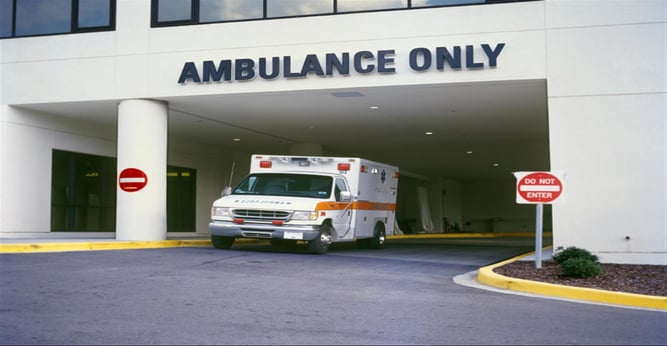
Every medical administrator knows that purchasing life-saving equipment is one of the most critical decisions they must make. Whether you work for a large trauma center, a small walk-in clinic, or a rural fire department, the decisions you make when purchasing equipment will directly affect your personnel on the front lines. And one of the most important pieces of equipment in your life-saving arsenal is the portable suction unit.
So let’s review some of the considerations that come into play when purchasing portable suction units. Since we can’t address every type of medical facility in the limited space of this blog, we’ll focus on two primary scenarios: hospitals and emergency medical services.
Considerations for Hospital Administrators
There are primary considerations to keep in mind for hospital administrators looking to purchase portable suction units. They include:
- The size of your facility: This will dictate how many units you will need, in general.
- The type of facility: From small, community emergency rooms to large, pediatric specialty centers, the types of patients you serve will determine your portable suction needs.
- Unit placement: The versatility of portable suction units means they can be placed almost anywhere, from crash carts, to nursing stations, to emergency rooms; something to keep in mind when deciding on the type of unit.
- Compatibility: It is cost effective to purchase portable units that use some of the same components, such as suction canisters or batteries, that are already in use in your facility.
- Battery life: The suction units must be ready to work when needed, so choose those with dependable, long-lasting battery lives or ones that utilize replaceable alkaline batteries.
- Ease of use: The most important consideration in this decision comes down to functionality: you want units that will be dependable, effective, and easy to operate.
Considerations for EMS Providers
EMS administrators must consider some of these same issues when choosing portable suction units for their agencies. They include:
- The size of the agency: The number of rescue vehicles your agency has will dictate the number of units required to meet your needs.
- Number of personnel: Large agencies have the advantage of manpower; smaller agencies lack this advantage, so considerations of weight and portability come into play when choosing portable suction units.
- Level of care: Are your rescue vehicles ALS or BLS? This will determine the number and type of units required by your agency.
- Don’t forget the backups: Keep in mind that the number of working suction units your agency utilizes must also include plenty of backup units in reserve.
- Durability: Emergency scenes are notoriously challenging due to weather extremes, chaotic settings, and the inherent dangers of the field, so choose portable suction units that can stand up to these challenges.
- Response area: The types of emergencies typical of your region will impact your choice of portable suction units; small, lightweight units are ideal for rough terrain and off-road rescues.
Make a Plan
Whether you work for a level 1 trauma center or a county EMS agency, purchasing equipment is one of the most critical decisions you will make as an administrator and should never be made lightly. Here are a few tips:
- Do your homework: Research your equipment options (reviews, professional recommendations, sales reps, word of mouth) before making purchasing decisions.
- Teamwork: Consult your co-workers, especially those on the frontlines of care, in order to make an informed decision on their specific needs.
- Cost: Most purchasing decisions come down to cost, but be sure to choose portable suction units that will meet your needs as well as your budget.
The portable suction units you choose will not only save lives, they will provide your personnel with the confidence and capability to effectively perform their jobs. So choose wisely.














